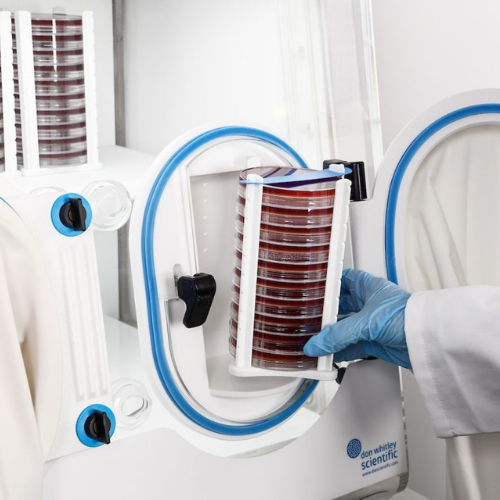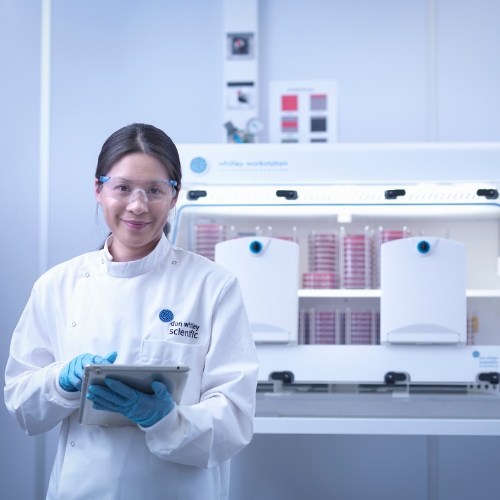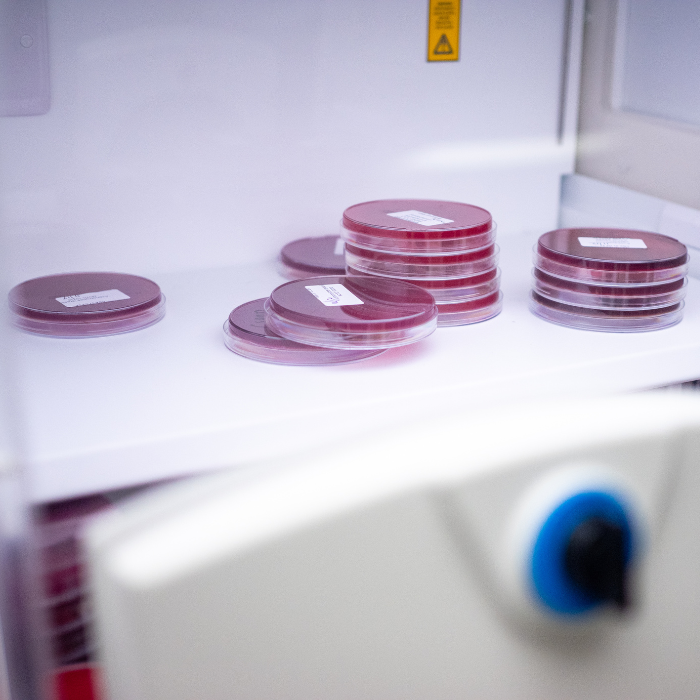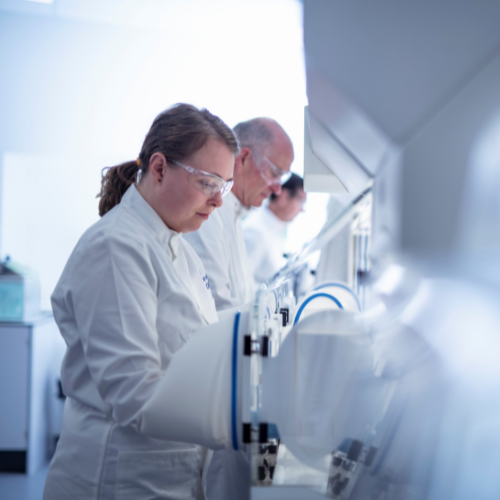
We discuss four different applications the Whitley Anaerobic Workstation has been utilised in, to prove just how versatile our cabinets are.
Probiotic researchNecrotising enterocolitis is an acute inflammatory bowel disease which can develop in premature babies. Bifidobacterium probiotics are used as a preventative measure for this condition, and although rare, their use has been linked to bacteraemia. A case report by Acuna-Gonzalez et al. was published detailing the use of a Whitley A20 Workstation to culture Bifidobacterium spp. from an infant’s blood culture to further study bacteraemia caused by this organism. Vital research such as this is dependent on accurate anaerobic conditions. |
 |
 |
Gut microbiome researchLi et al. studied gut dysbiosis and researched its effect on preeclampsia. Preeclampsia is a postnatal condition characterised by hypertension and endothelial dysfunction and is one of the causes of neonatal and maternal mortality. Using a Whitley A35 Workstation, they managed to reestablish gut microbial symbiosis using Limosilactobacillus reuteri, which improved endothelial dysfunction and ameliorated preeclampsia. |
Environmental contamination researchIn Australia, Khun et al. used a Whitley A35 Anaerobic Workstation to study the prevalence and antimicrobial susceptibility of Clostridioides difficile from soil samples from Vietnam. Identifying such information is important in determining the epidemiology of C. difficile infections and aids progression of treatment and preventative measures. |
 |

|
Dental researchAmong the different areas of dental research, our anaerobic workstations are used for periodontal disease studies. Earlier this year, Mizgalska et al. used a Whitley A85 Workstation to study the bacterium Tannerella forsythia, which has a high association with periodontal disease. They researched aptamers, which bind to T. forsythia, and focused on two key aptamers which had the highest affinity. Promising leads have come from this research; it has provided a tool for further research and developments in diagnostics. |


 au
au


 English
English